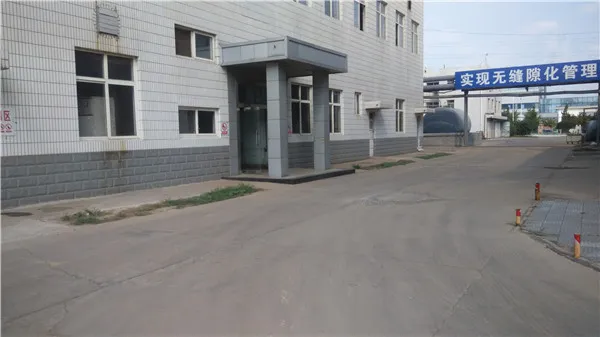The Role of Polyacrylamide in Water Treatment An Overview
Polyacrylamide (PAM) is a synthetic polymer that has garnered considerable attention in various industries, notably in water treatment. This versatile compound, with its unique chemical properties, plays a vital role in improving water quality and facilitating numerous processes across environmental and industrial applications.
What is Polyacrylamide?
Polyacrylamide is derived from acrylamide, a colorless, water-soluble substance. When polymerized, acrylamide forms a long-chain molecule that exhibits excellent thickening, flocculating, and stabilizing properties. The polymer is available in several forms, including anionic, cationic, and non-ionic variants, each tailored for specific applications in water treatment and other industries.
Applications in Water Treatment
The application of polyacrylamide in water treatment primarily centers on its ability to enhance sedimentation and filtration processes. As a flocculant, PAM functions by promoting the agglomeration of suspended particles in water. These larger aggregates, known as flocs, can then be easily removed through sedimentation or filtration. This capability is particularly beneficial in municipal water treatment plants, where the removal of turbidity and particulate matter is critical for producing safe drinking water.
Moreover, polyacrylamide is utilized in wastewater treatment processes. In industrial settings, where wastewater contains various contaminants, PAM can assist in the removal of oils, greases, and heavy metals. By improving the efficiency of these processes, polyacrylamide helps reduce the environmental impact of industrial activities.
Mechanism of Action
polyacrylamide in water

The effectiveness of PAM as a flocculant is largely attributed to its chemical structure. The polymer can interact with charged particles in water, neutralizing their charges and promoting aggregation. Anionic PAM is especially effective in removing positively charged particles, while cationic PAM works well for negatively charged particles. This flexibility allows for targeted treatment depending on the specific water quality challenges encountered.
Additionally, the dosage of polyacrylamide must be carefully controlled. Excessive amounts can lead to stability issues, while insufficient amounts may not achieve the desired flocculation. Consequently, effective water treatment protocols often include rigorous monitoring and optimization of PAM concentrations based on the characteristics of the influent water.
Environmental Considerations
While polyacrylamide is highly effective in water treatment applications, it's essential to consider its environmental impact. As a synthetic polymer, PAM can contribute to microplastic pollution if not handled correctly. Moreover, the degradation products of PAM must be assessed to ensure they do not pose risks to aquatic ecosystems.
To mitigate potential environmental challenges associated with PAM use, researchers are exploring biodegradable alternatives and more sustainable production methods. These efforts align with growing global emphasis on sustainable practices in water treatment and environmental stewardship.
Conclusion
In summary, polyacrylamide is a powerful tool in the realm of water treatment, offering significant advantages in the management of water quality. Its ability to enhance sedimentation and filtration processes has made it indispensable in both municipal and industrial applications. However, it remains crucial to balance its effectiveness with environmental considerations, underscoring the need for ongoing research and innovation in the field. As we strive for cleaner water and healthier ecosystems, polyacrylamide will undoubtedly continue to play a significant role in the quest for sustainable water management solutions.

